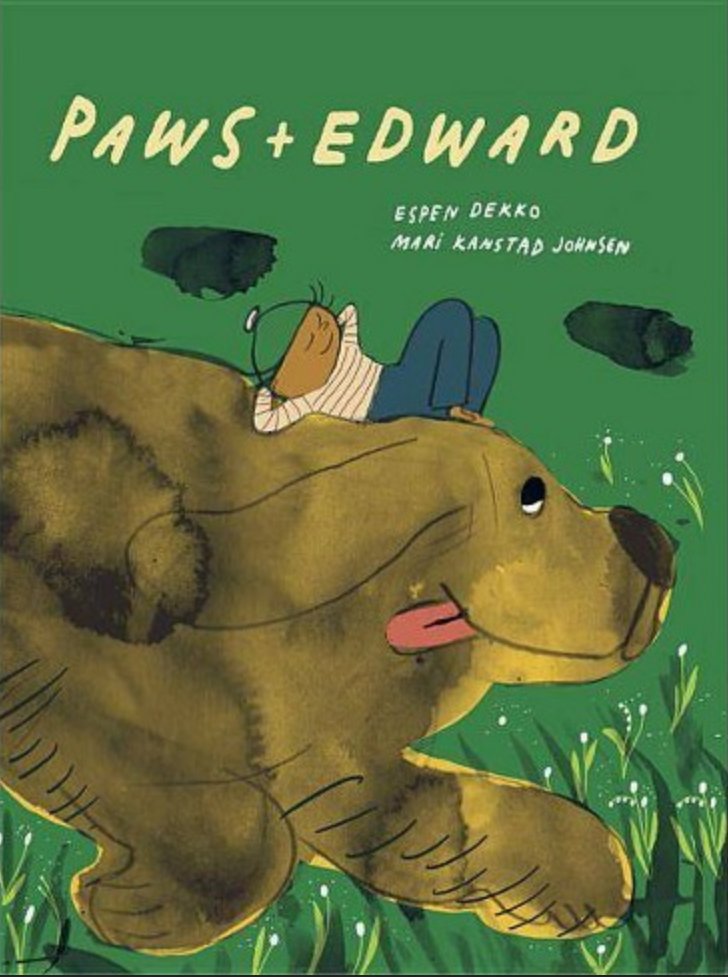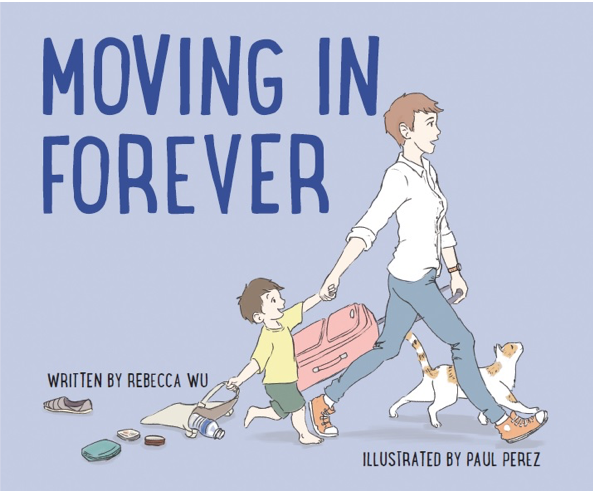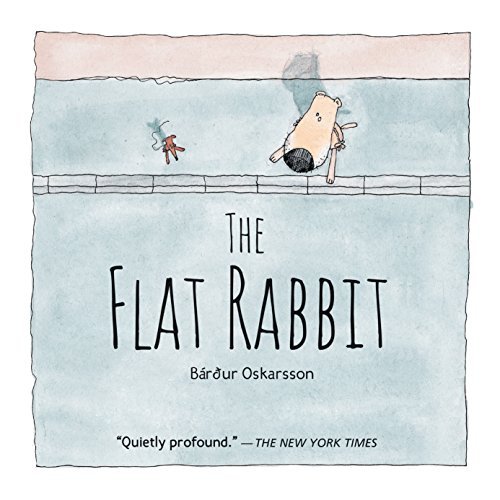By Susan Corapi, Trinity International University, Deerfield, IL
 These past few months have given us plenty of big issues to think about with children. The pandemic has impacted daily life in families, communities, the economy and what the future looks like. If that is not enough, we are now grappling with overt racism as we hear of prejudice against Asian-Americans and police brutality towards African Americans. Immigration policy and deportations have taken a back seat in the news to race riots. The daily news has created fear and anxiety.
These past few months have given us plenty of big issues to think about with children. The pandemic has impacted daily life in families, communities, the economy and what the future looks like. If that is not enough, we are now grappling with overt racism as we hear of prejudice against Asian-Americans and police brutality towards African Americans. Immigration policy and deportations have taken a back seat in the news to race riots. The daily news has created fear and anxiety.
These strong emotions point to the increased need to teach the communication skills and attitudes that lead toward peace instead of gut reactions. One way of helping children develop social emotional health (so they can be talk across cultural and racial divides and be inclusive in society) is to discuss global stories that introduce another perspective. Stories help us connect at an emotional level with what others have experienced and give us an understanding that does not happen when we simply share facts about each other. My hope is that these stories can be used to support young people in their growing understanding of how ethnic, racial and cultural divides are created and propagated and how they can be healed in a peaceful way.
This month I want to focus on the complex emotions that I have observed over the last four months in myself and those around me: grief, anger, despair or sadness, and fear. The books that I will discuss each week can help us enter into a conversation with children, validating and dealing with the emotions.
Grieving Those Who Have Died
The death toll from COVID-19 has made talking about death more critical. As children hear about the loss of family friends and relatives, the questions abound about how death happens, and what happens after death. While in the past books dealing with death were scarce and usually dealt with the subject through the loss of a pet, recent global books engage with death more directly. We will consider books that look at the process of death and then the process of grief.
Before Death
Paws + Edward (Espen Dekko and Mari Kanstad Johnsen, 2019) discusses death through a pet/human relationship, however the Norwegian author and illustrator do so in a unique way, discussing the process of dying from the dog’s perspective. Paws is oversized, a lovable dog with a history of high-energy romps with Edward that include lots of stick-chasing. But now age has caught with him, and he prefers to let Edward do the running while he rests and dreams of the old days. After Paws falls asleep for the last time, the narrator changes from the dog to the boy, and Edward, in a blue/black page, reflects on the emptiness of daily life before he himself begins to dream of earlier days with a young rambunctious Paws.
In Paws + Edward, the process of death is seen as a natural aging and slowing down. The focus of the book is on the memories of the good times the friends had together. They become a rich source of happiness for Paws as he rests and Edward as he grieves his friend.
 In Moving In Forever (Rebecca Wu and Paul Perez, 2020) memories are actively created as a storehouse to help through present and future grief. The author and illustrator tell the story of Aunt Carrie who moves in with her sister’s family because her terminal illness is progressing and she needs help caring for herself. The two energetic boys are thrilled that their fun-loving vibrant Aunt Carrie is living with them. Across the following months the three of them pretend they are superheroes, create music and art, and play games. As Carrie’s illness progresses, Ryan (the preschool narrator) notices the changes in her energy level and healthcare, but the boys are still focused on the fun they can have with her. While grief and questions are voiced after she dies, the lasting impact of the story is on life together: the energetic fun times the aunt and nephews enjoyed, the love the boys gave their aunt as the disease progressed, and the memories that will stay with them forever. The dynamism of the words and the illustrations communicate how full of life Aunt Carrie was, even in the process of dying.
In Moving In Forever (Rebecca Wu and Paul Perez, 2020) memories are actively created as a storehouse to help through present and future grief. The author and illustrator tell the story of Aunt Carrie who moves in with her sister’s family because her terminal illness is progressing and she needs help caring for herself. The two energetic boys are thrilled that their fun-loving vibrant Aunt Carrie is living with them. Across the following months the three of them pretend they are superheroes, create music and art, and play games. As Carrie’s illness progresses, Ryan (the preschool narrator) notices the changes in her energy level and healthcare, but the boys are still focused on the fun they can have with her. While grief and questions are voiced after she dies, the lasting impact of the story is on life together: the energetic fun times the aunt and nephews enjoyed, the love the boys gave their aunt as the disease progressed, and the memories that will stay with them forever. The dynamism of the words and the illustrations communicate how full of life Aunt Carrie was, even in the process of dying.
After Death
 Based on a true story, The Phone Booth in Mr. Hirota’s Garden (Heather Smith and Rachel Wada, 2019) relates the way Mr. Hirota deals with the loss of his daughter after a tsunami sweeps away many villagers. He builds a phone booth in his yard and places an old telephone in it. When the loneliness hits, he goes into the booth and talks to his daughter on the phone. Soon may people in the village are using the phone to tell lost loved ones about daily events: the new paint on the bedroom wall, the good mark on a test or the way the cherry blossoms look. The booth gives each person a chance to express the love they feel and how much they miss their family member or friend.
Based on a true story, The Phone Booth in Mr. Hirota’s Garden (Heather Smith and Rachel Wada, 2019) relates the way Mr. Hirota deals with the loss of his daughter after a tsunami sweeps away many villagers. He builds a phone booth in his yard and places an old telephone in it. When the loneliness hits, he goes into the booth and talks to his daughter on the phone. Soon may people in the village are using the phone to tell lost loved ones about daily events: the new paint on the bedroom wall, the good mark on a test or the way the cherry blossoms look. The booth gives each person a chance to express the love they feel and how much they miss their family member or friend.
The book does not gloss over the effects of suddenly losing a loved one. Makio, the young boy at the center of the story, looses his father in the tsunami when his fishing boat is swept away by the wave. Makio at first looses his voice as he grieves the loss of his dad. It is through the telephone in the booth that he finally begins to talk again, relating to his dad what is going on and how much he misses the time together.
 One of the challenges of death in the middle of a pandemic has been celebrating the person who died, giving a structured way for people to grieve publicly and tell stories about the friend or family member. People have become creative and have supported grieving friends with drive-by funerals and Facebook-live memorial services. One title that mirrors that challenge is The Flat Rabbit (by Faroese author/illustrator Bardur Oskarsson, 2014) in which a dog and a rat find a flat rabbit who was obviously run over by a large vehicle. Puzzled about what to do, they finally figure out how to give the rabbit a final “send-off” by attaching it to a kite and letting it fly in the air. The narrative in the book is humorous as the dog and rat brainstorm solutions to their quandary, but it also underscores the importance of celebrating those who have died.
One of the challenges of death in the middle of a pandemic has been celebrating the person who died, giving a structured way for people to grieve publicly and tell stories about the friend or family member. People have become creative and have supported grieving friends with drive-by funerals and Facebook-live memorial services. One title that mirrors that challenge is The Flat Rabbit (by Faroese author/illustrator Bardur Oskarsson, 2014) in which a dog and a rat find a flat rabbit who was obviously run over by a large vehicle. Puzzled about what to do, they finally figure out how to give the rabbit a final “send-off” by attaching it to a kite and letting it fly in the air. The narrative in the book is humorous as the dog and rat brainstorm solutions to their quandary, but it also underscores the importance of celebrating those who have died.
Next week we will look at titles that explore anger.
Journey through Worlds of Words during our open reading hours: Monday-Friday, 9 a.m. to 5 p.m. and Saturday, 9 a.m. to 1 p.m. To view our complete offerings of WOW Currents, please visit its archival stream.
